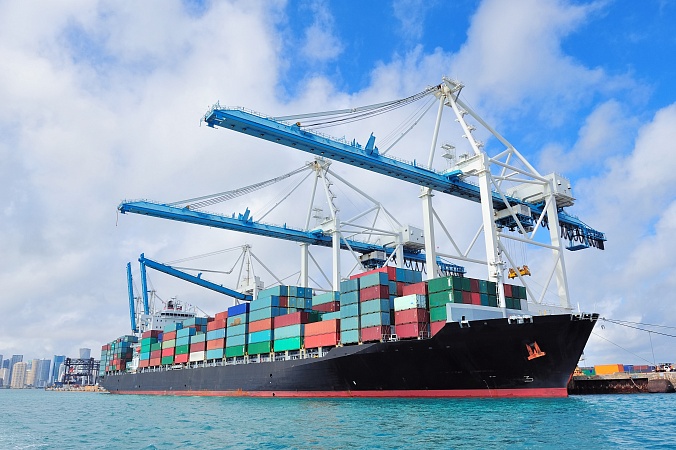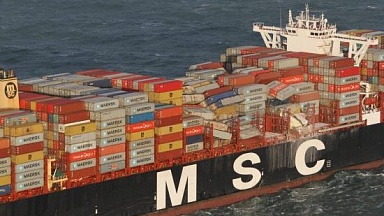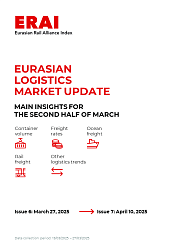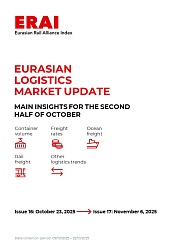Typhoon In-Fa, which slammed into eastern China last weekend, prompting local authorities to evacuate more than 100,000 people and shut schools, markets and businesses, could continue to impact ocean and air freight flows in the Shanghai region in the coming days.
In its latest weekly supply chain weather forecast, issued yesterday, Everstream Analytics said that although the tropical storm’s winds have slowed to 40 mph, heavy rainfall up to 20 inches «threatens to put some assets at high risk with severe flooding, including Shanghai Pudong Airport and the ports of Ningbo, Shanghai, Changzhou, and Nanjing.»
It continued:"Everstream experts expect this to continue through the middle portion of the week as In-Fa slowly moves northward across portions of east-central China. Transportation disruptions will be moderate to significant due to damaging winds, storm surge, high seas, and flooding. Infrastructure damage is possible. Supply chains should monitor the situation closely and take preparatory action for any locations within the zone," it added.
Bloomberg News reported yesterday that the storm had forced «some of the world’s biggest shipping ports» to halt operations until at least Tuesday (today)."
It said all of Shanghai’s ports and some in neighbouring regions remain shut after closing over the weekend due to the extreme weather, «according to people familiar with the situation.»
The idled ports include Yangshan, part of the world’s biggest cluster of container terminals, which sits offshore to the south of Shanghai.
Yangshan port evacuated hundreds of vessels, including all large container ships, as wind speeds off the coast reached up to 102 kilometers per hour (63 mph) over the weekend, Xinhua News Agency reported, citing the port’s bureau of maritime affairs.
By late Monday afternoon, Typhoon In-Fa was pushing northwest and heading for Jiangsu province.
Shanghai’s two major airports and some subway lines and high-speed rail service began to re-open yesterday afternoon.
Meanwhile, in Japan, Tropical Storm Nepartak may bring some minor disruptions to the area this week between 26-28 July, Everstream Analytics noted. «Although the landfall location remains uncertain at this time, Tokyo is within the potential track of the storm, which could result in some minor impacts to business operations and transportation as well as impacting logistics at the Olympics.»





